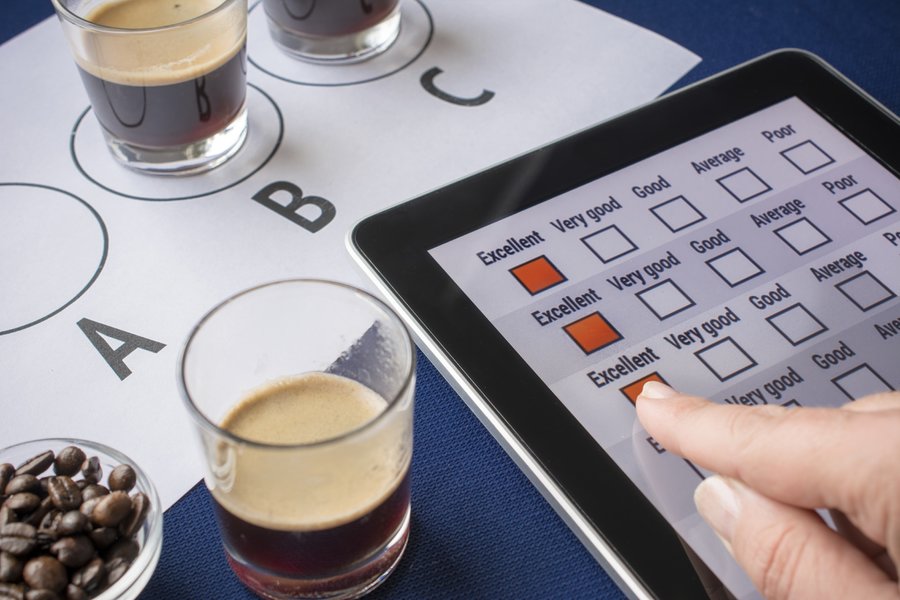ISO 65472 Descriptive Sensory Testing in Organic Foods
The ISO standard ISO 65472 provides a framework for descriptive sensory testing specifically tailored to organic foods. This service is designed to evaluate the organoleptic properties of organic products, including flavor, aroma, texture, color, and overall acceptability, ensuring that they meet both regulatory requirements and consumer expectations.
Descriptive sensory testing in organic foods involves a structured approach where trained panelists use their senses—sight, smell, taste, touch, and hearing—to describe the characteristics of food products. The goal is to provide precise, standardized descriptions that can be used for quality control, research and development (R&D), and marketing purposes.
Organic foods are subject to stringent standards aimed at preserving their natural properties and ensuring they meet consumer health and safety expectations. Sensory testing under ISO 65472 helps manufacturers, processors, and suppliers verify that organic products remain true to form, which is crucial for maintaining brand integrity and compliance with international regulations.
The process typically begins with the selection of a trained sensory panel composed of individuals who have been certified based on their sensory capabilities. These panelists undergo rigorous training to ensure consistency in their evaluations. Specimens are prepared according to specific protocols outlined in ISO 65472, which may include standardized procedures for portion size, temperature, and presentation.
Once the specimens are ready, they undergo a series of tests where the panelists record detailed descriptions using predefined descriptors. The results are then compiled into comprehensive reports that detail each product's sensory attributes. These reports can be used to identify areas for improvement or to showcase the unique qualities of organic products in marketing materials.
Organic foods often face additional scrutiny due to their premium positioning and health-conscious consumer base. Descriptive sensory testing under ISO 65472 ensures that these products meet high standards, providing consumers with confidence in the quality and authenticity of the items they purchase.
The standard is applicable across various organic food categories such as fruits, vegetables, grains, dairy products, and more. By adhering to this protocol, manufacturers can ensure their products are not only safe but also meet the nuanced expectations of discerning consumers.
Industry Applications
| Application Area | Description |
|---|---|
| Farmers' Markets | Evaluating the sensory quality of produce sold at organic farmers' markets to ensure consumer satisfaction. |
| Retail Chains | Testing the consistency and quality of organic products across different retail locations. |
| Manufacturer Quality Control | Monitoring production processes to maintain consistent sensory attributes in batch-to-batch manufacturing. |
| Regulatory Compliance | Ensuring that organic food products meet the rigorous standards set by regulatory bodies like EC. |
| Application Area | Description |
|---|---|
| R&D Innovation | Developing new organic food products by evaluating sensory attributes and consumer acceptance. |
| Supply Chain Management | Assessing the quality of raw materials before they enter the supply chain to ensure they meet organic standards. |
| Consumer Insights | Gathering detailed feedback on product attributes to inform marketing and packaging strategies. |
Why Choose This Test
- Compliance with international standards for organic food testing.
- Consistent, reliable results through standardized sensory evaluation protocols.
- Precise descriptions of sensory attributes to support product development and marketing.
- Identification of quality issues early in the production process.
- Enhanced consumer trust by demonstrating adherence to strict organic standards.
Environmental and Sustainability Contributions
Descriptive sensory testing under ISO 65472 plays a crucial role in promoting sustainability within the organic food sector. By ensuring that products meet stringent quality criteria, this test helps maintain consumer confidence in organic practices. This, in turn, supports the broader goal of sustainable agriculture by encouraging farmers and processors to adopt environmentally friendly methods.
The standard also facilitates traceability throughout the supply chain, allowing stakeholders to track the journey of organic foods from field to fork. This transparency fosters a deeper connection between producers and consumers, reinforcing the commitment to sustainability.





